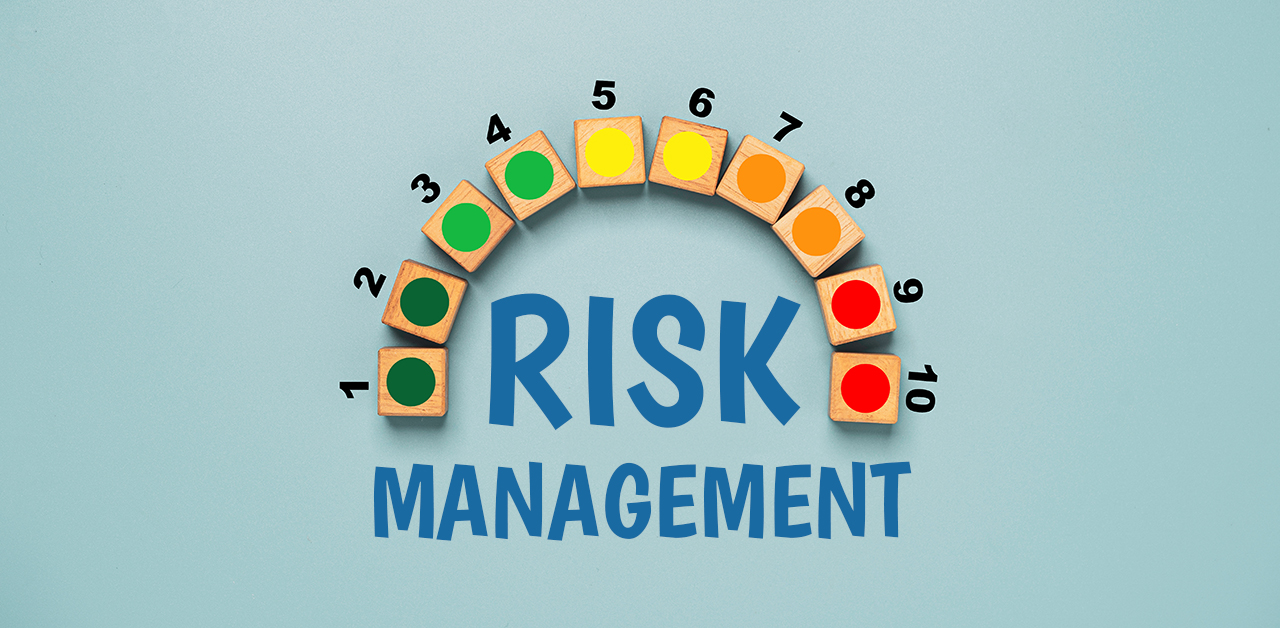Every household or business has multiple electronic devices; computers, LCD monitors, televisions, cell phones, tablets or notebooks and almost every year a new, faster, bigger (or smaller) and more efficient model comes out. If you are “techie” and you always want to have the latest, you will immediately want to grab what is out there. But even if you aren’t into the latest technologies, at some point you have decide that what your company has or what you’re using at home is no longer efficient and you need to find something that will fit your needs as well as your budget. Once you decide what you would like to purchase next, if you are like most people, you’ll shop around to find the best deal you can get and what the item or items will cost you. Then, you have another decision to make too. What do you do with your old equipment? Tossing it in the dumpster behind the office isn’t a responsible option and in some cases, it might be illegal. You can just leave it in an old storeroom at the office or in your garage at home but off course it will take up valuable space and in most cases, you need to move it out of the way at some point so you probably want to do it properly right away. So, what are your best options? Does that old equipment actually have any value? If so, is it worth trying to sell it on your own? Are there companies that will collect it and take it off your hands?First, you should take photos of what you have and what you want to get rid of. Then, do an inventory of it all, including models and serial numbers and how many of each you have. Most certainly it will all have some value and if you get the most for it, it might mean you can replace it with something that you originally thought was out of your budget. Once you inventoried what you have, you should get multiple offers so you can better determine what the actual value is. You will want to share the photos and model numbers of what you have with those who are interested in it so they can judge the quality and give you a fair offer. Some people will want to come out to look at it in person but for some companies that isn’t feasible as they aren’t nearby so if you can save them some time, you might come out even further ahead. Some groups will provide you a price for the entire lot of equipment that you want to get rid of while others will want to provide you with a price per piece. I’d also suggest that you get the offers in writing because there are also companies that will guarantee that their offer will beat any other offers you received so that is why it is important to get multiple bids and also have proof of what you have been offered. There are also some companies that instead of paying you cash for old electronics, will sell it for you on consignment. Depending on if you need the cash and how soon you need it, that might also be an option that allows you to get a better price.Keep in mind that electronic products are made from a variety of materials and almost all will have value even if they are taken apart and not just the electronic components but also the other metals, plastics, and glass.Now before you turn your equipment over to anyone, you will want to make sure all the data on them has been properly destroyed and is no longer accessible. Some companies will do that for you along with taking the equipment off your hands. Some companies will even take your old equipment, clean it up and refurbish it with updates so you can receive even more in return for it.So, unless you are in a real hurry to get of your old equipment, you should take a little time and do some research to find out the value of what you have and then get multiple bids to make sure you get a fair price. The last option if your old equipment is really outdated, there are always companies looking to buy old equipment for parts or for the scrap metal, glass and plastic so almost all electronics will return something which is always better than having it end up in a landfill.


